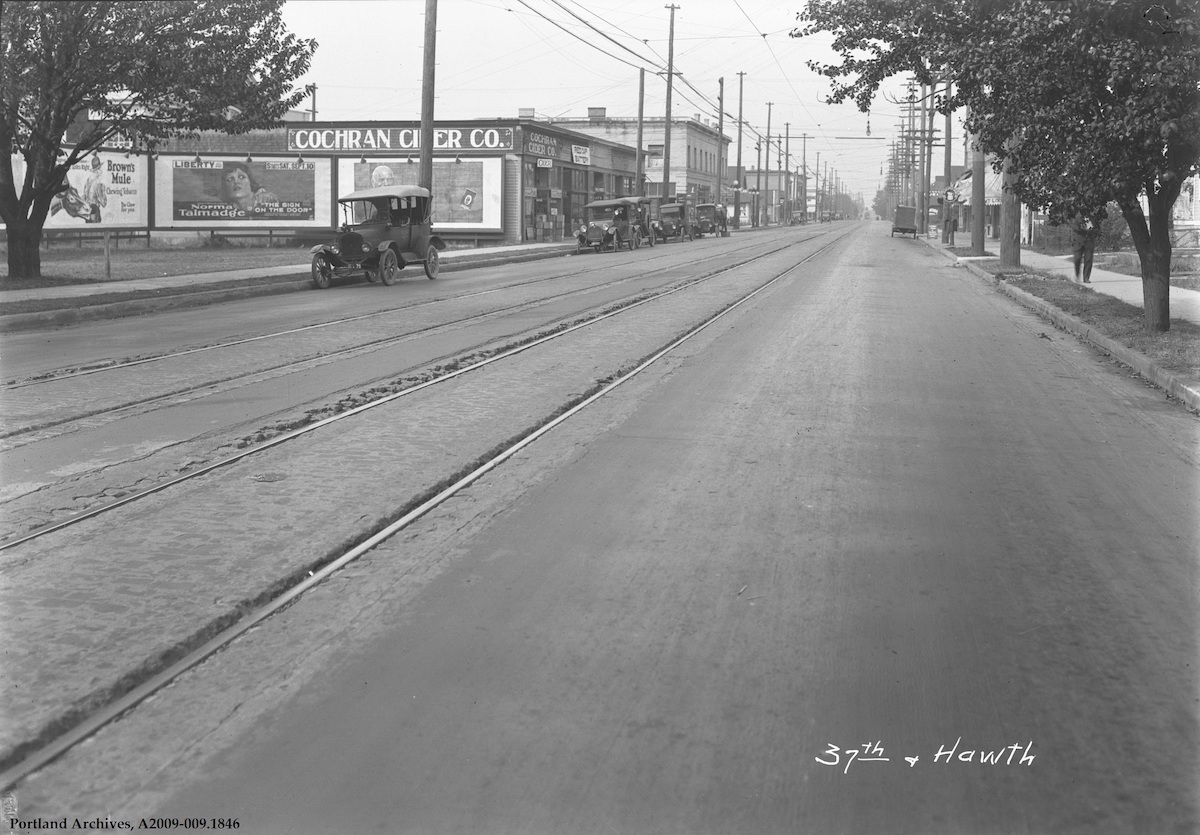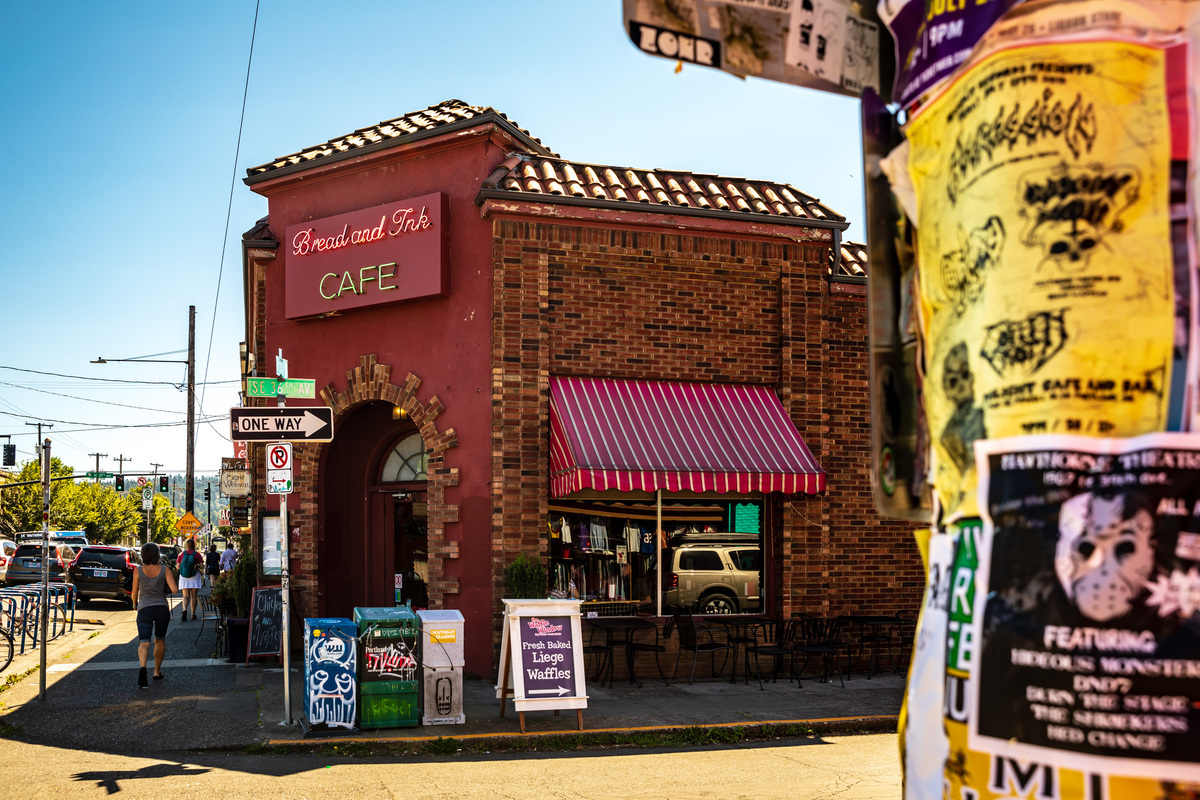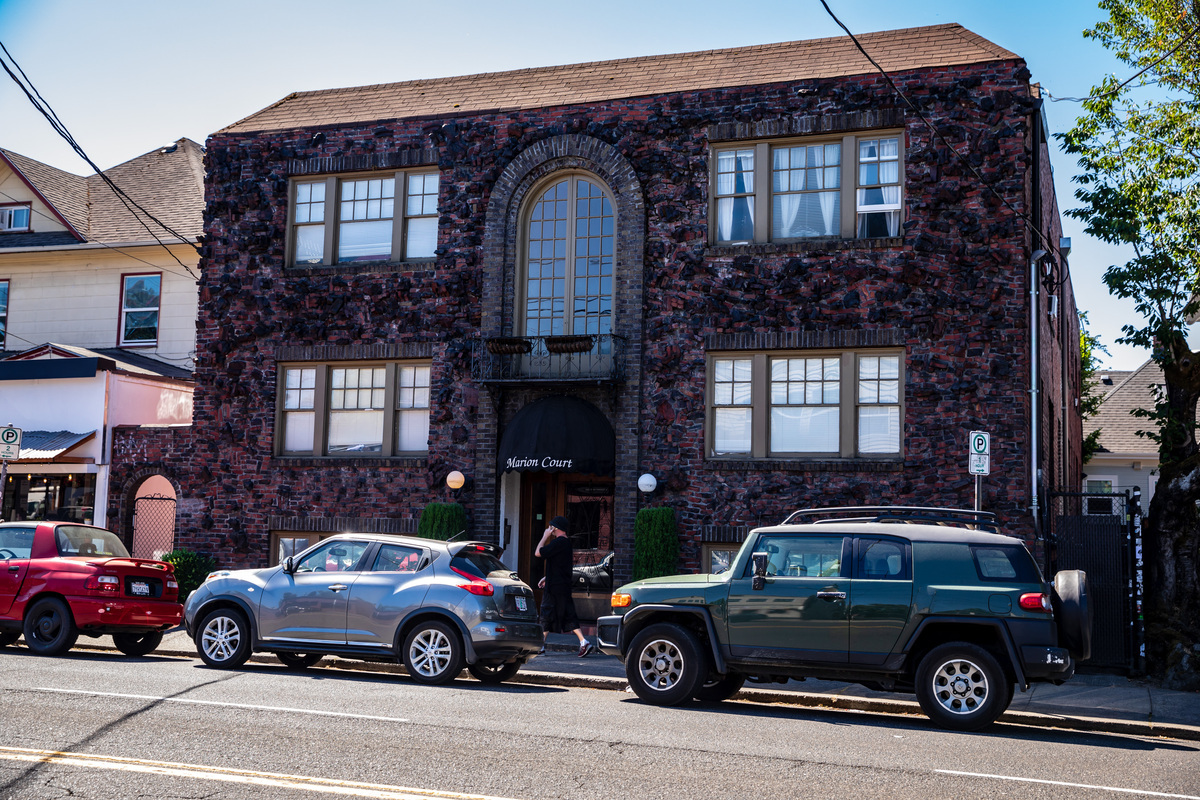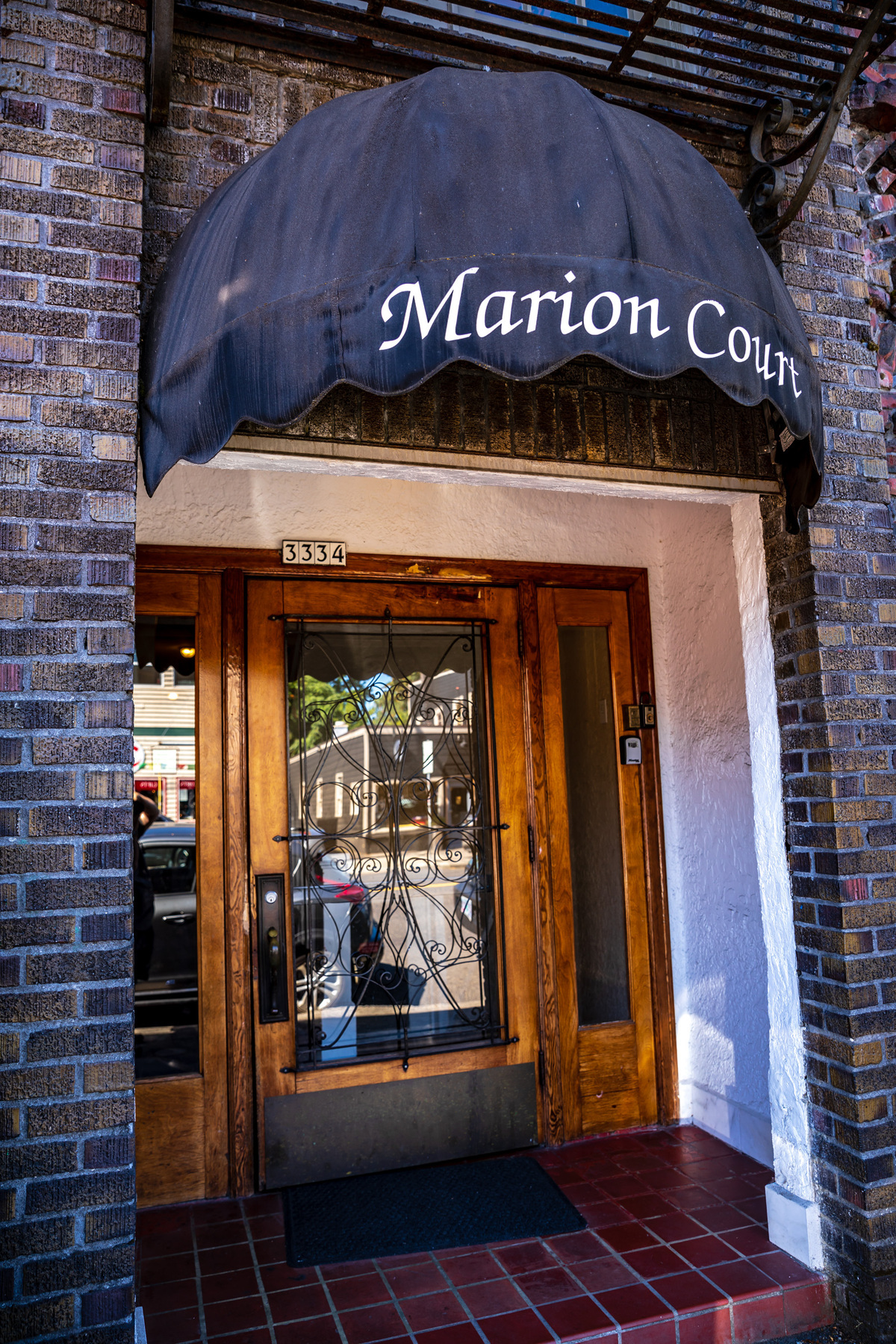As each of us moves throughout our daily lives, our eyes constantly encounter spaces, places and things that scream for our attention, from our phones beeping and buzzing to the Portland Transit lines inching across our sightlines in every direction. In these moments, we feel as if we are in command of what we truly see and what we disregard in the indistinct periphery.
But is that true? How do we know that the things we miss or don’t engage with aren’t the things to which we should be paying attention? While various factors play a role in keeping buildings or spaces intact, the driving force will always be the communities they serve, and the neighborhood support they may receive.
To that end, and to keep our eyes on the bigger picture, the Architectural Heritage Center (AHC) housed on SE Grand Avenue provides weekly walking tours of sites around Portland, Oregon—stretching from the Mt. Tabor neighborhood to the Hawthorne Neighborhood to the Pearl District, while also providing context to surroundings that are closer-to-home like that of Broadway & Midtown. Their walking tours are available every Tuesday, Thursday, and Saturday.
This concept of preservation can transform for each of us differently over time, connecting us to the past in ways that can be both direct—such as the color of a house being similar to that of your childhood home—and indirect, such as the emergent features of a city which call back to associations of past social and cultural environments.

“One way to look at older buildings is that the architecture is representative of the art form of what was popular/cutting edge in its time,” said Val C. Ballestrem, the AHC’s Educational Manager and author of Lost Portland, Oregon. “Buildings are also representative of the aspirations of their time. In this way, they help tell the story of a place, like Portland, shedding light on our history or heritage.”
In this sense, they help people to understand better not the things we see but the unseen things around us—things sequestered within their architectural facades, fragments of memories sculpted in their ballasts and interiors or within the topographical landscapes themselves.

Through this lens, viewers can begin to look around, searching for what our memories tell us should be there and trying to validate these saved accounts by portraying their realistic conditions. Trying to understand the impacts of our phenomenological situations—the world we see (foreground), the community that surrounds us (middle ground) and the city we live in (background), allows us to focus on what our values are as individuals and as a society. What things do we demand from our built environment? What level of consciousness in our lives should we be promoting?
The AHC walking tours encourage viewers of their tours to go deep and explore these questions. “We [try to] do various tours around the city that touch on a variety of themes relative to that place and that provide a representative sampling of the architecture there,” Ballestrem said. “Find a theme that fits with a walking tour—Ladd’s Addition—and that has buildings that have a story to tell in conjunction with their human stories. Who was in that building? What was there before? We try to think of the tour holistically, including the time available and route available.”

While these instinctive feelings can collapse on themselves, they can also build proverbial skylines in our thoughts—reacting and tracing Portland’s continual pace of urban renewal projects throughout the city along with our collective desire for modernization and integration with advanced architectural technologies.
Like many things in life, dredging up past stories can create uncomfortable situations—but it can also allow us as a culture to cultivate dialogue about what we once thought, in a way that prepares us for the future in the proverbial civic garden we call our home.






